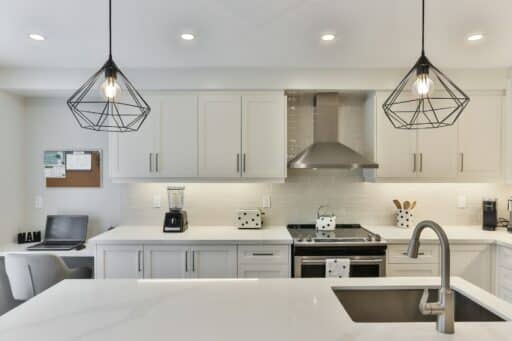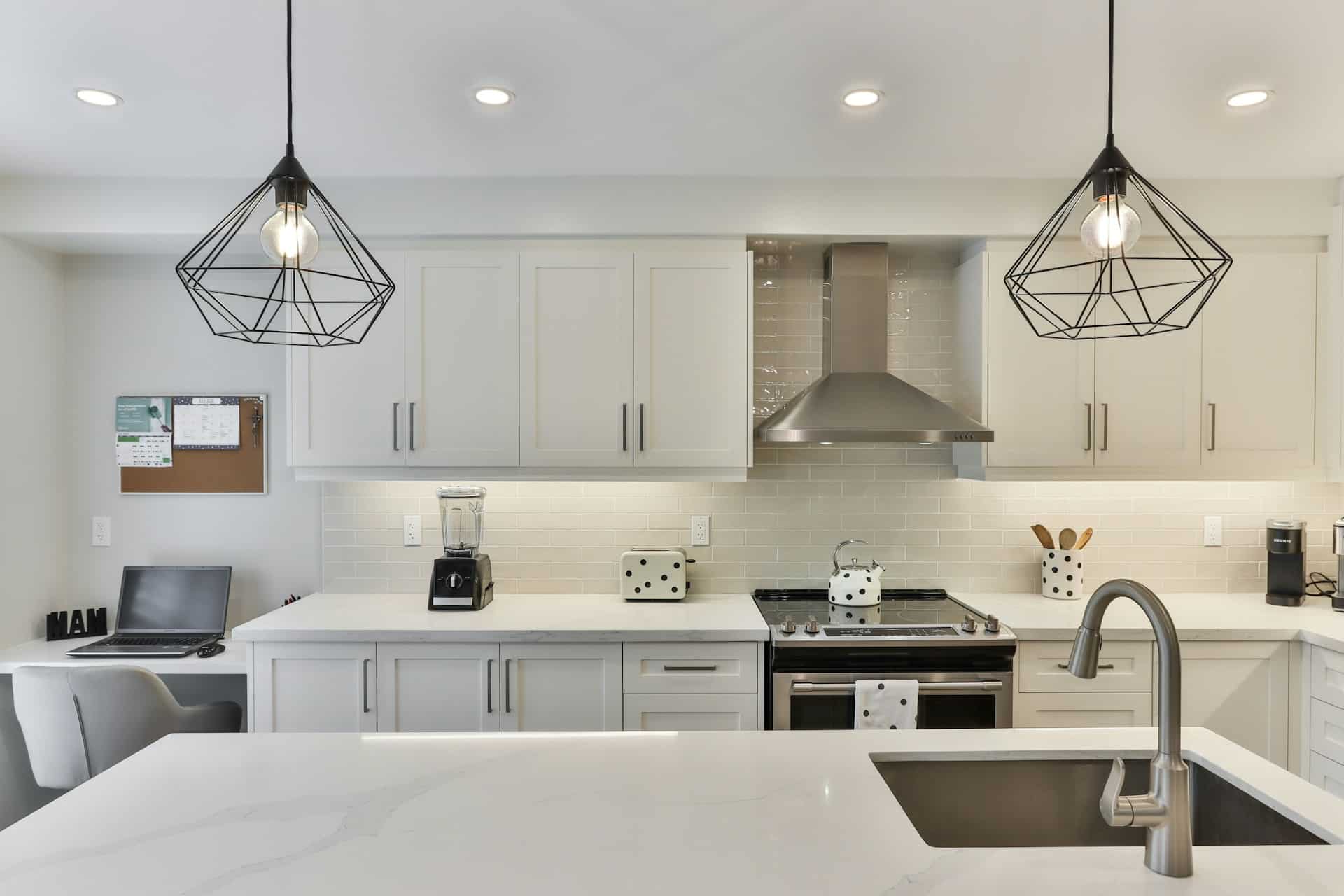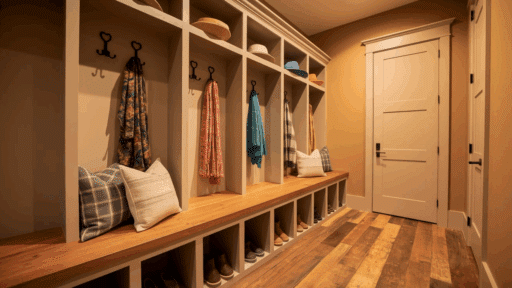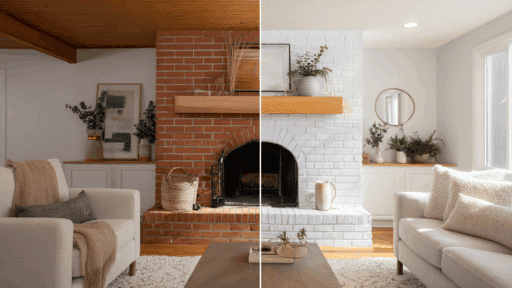Professional kitchens don’t operate at a leisurely pace. They’re high-pressure environments where surfaces are exposed to heat, spills, knives, moisture, and constant movement. In spaces where prep work never stops and hygiene is everything, not just any material will do. Surfaces in a commercial kitchen need to hold up—not for a few months, but for years.
That’s why certain materials have become the industry standard—not because of trends, but because they prove themselves daily under the toughest conditions.
The Hygiene Factor
Cleanliness is at the heart of every safe kitchen, and the surfaces play a key role in that. Materials that are porous or difficult to clean—like wood or tile grout—can harbour bacteria and make proper sanitation difficult. On the other hand, smooth, non-porous surfaces make cleaning faster and more effective, which matters when inspections (and customer health) are on the line.
This is one of the main reasons a sheet of stainless steel is so often found lining commercial kitchen counters, splashbacks, and sinks. It doesn’t absorb moisture or odours, it won’t stain from acidic ingredients like lemon juice or tomato sauce, and it can be wiped down easily between prep tasks.
The result? A kitchen that stays cleaner, safer, and more compliant with health regulations.
Strength That Keeps Up With the Pace
Beyond hygiene, a commercial kitchen surface has to endure serious wear. Knives slam down, hot pans are tossed aside, cutting boards shift, and equipment vibrates on benches. It’s a lot to ask of a worktop—but it’s also the norm.
Surfaces made from soft materials like laminate or wood can scratch, warp, or blister under this kind of use. Even stone, while strong, can chip or crack and isn’t always suited to high-moisture environments. Stainless steel, by contrast, shrugs it all off.
Its resistance to dents, heat, and impact makes it one of the few materials that can be used hard, every day, and still keep its shape. That’s why it’s used not just for benches, but also for shelving, refrigerator doors, trolleys, and even wall panelling in many commercial kitchens.
A Material That Adapts to Any Setup
Every kitchen is laid out differently, depending on space, workflow, and equipment. That means surfaces often need to be custom-fitted around sinks, ovens, corners, and vents. Stainless steel is one of the most workable metals out there—easy to cut, shape, and weld to suit the exact dimensions and demands of a kitchen.
Whether you’re retrofitting a café’s prep area or designing a large-scale commercial setup from scratch, the flexibility of stainless steel makes it easy to get the layout right without compromising on durability or hygiene.
It also integrates well with other materials and components. Got timber cabinetry or tiled walls? Stainless still fits. Want to blend industrial strength with sleek design? It can do that too.
Low Maintenance, Long-Term Payoff
Any kitchen manager will tell you—maintenance eats into time, budgets, and productivity. So a surface that lasts longer without needing repairs or replacement is more than just a nice-to-have; it’s a real business advantage.
Stainless steel requires very little upkeep. No sealing, repainting, or treating. It resists rust, won’t splinter, and doesn’t need specialised cleaners. It even looks better with a bit of wear, developing a patina that hides light scratches while still looking clean and sharp.
And when the time comes for a deep clean, stainless can handle steam, chemicals, and scrubbing without breaking down. That’s one less worry in a job full of moving parts.
Design That Works Hard, But Looks Good Doing It
While performance is the priority, there’s something to be said for the understated elegance of a well-finished stainless steel surface. It reflects light, gives the space a clean, professional look, and suits just about any colour scheme or aesthetic. For open kitchens where diners can see the chefs in action, it helps present an image of precision and quality.
And because it’s recyclable, using stainless steel is also a small step toward a more sustainable kitchen fit-out—a detail that’s becoming increasingly important for hospitality businesses looking to reduce their environmental impact.
Final Thoughts
In a professional kitchen, surfaces aren’t just part of the backdrop—they’re part of the team. They need to be strong, sanitary, and ready for anything. That’s why so many chefs, designers, and commercial kitchen owners turn to trusted materials that perform under pressure.
Whether it’s a countertop, a splashback, or a full custom fit-out, a sheet of stainless steel continues to prove why it belongs in the heart of any kitchen built to last.








